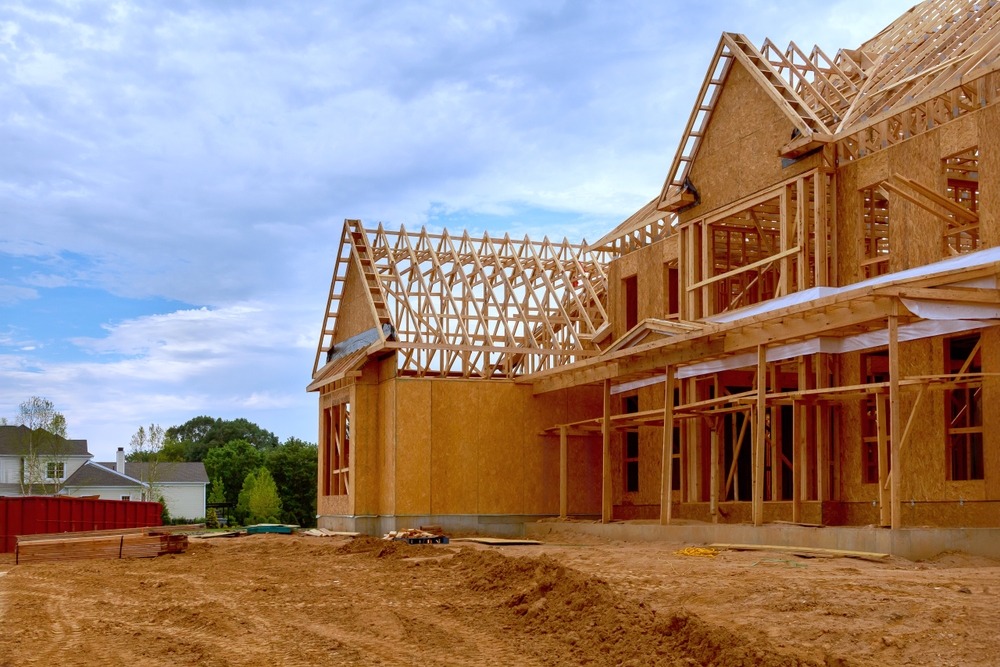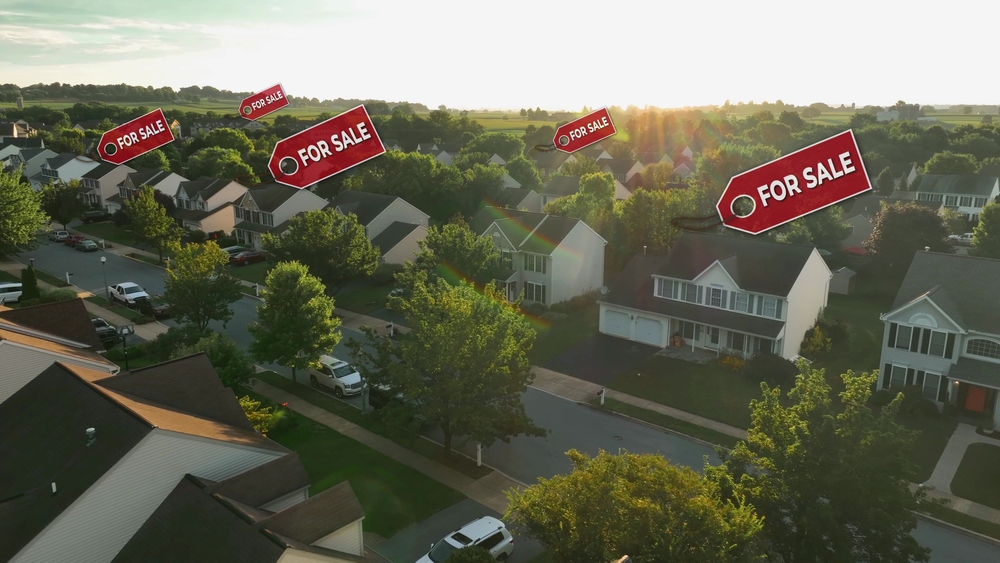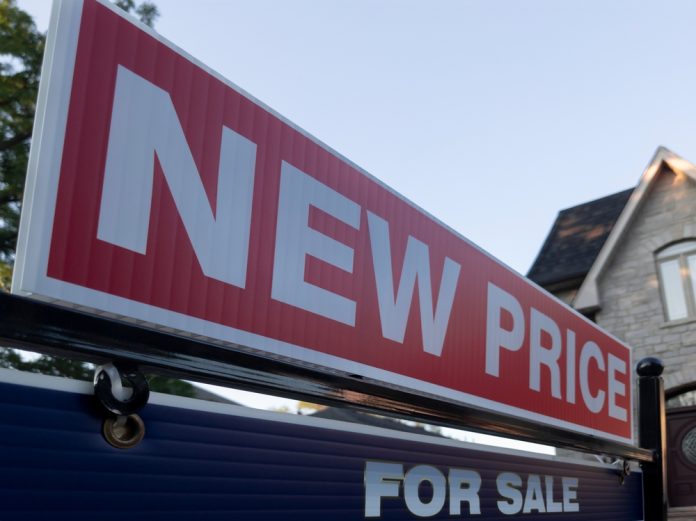The 2025 housing market is showing signs of a shift, and buyers are beginning to notice. Homes that once sparked bidding wars are now lingering on the market longer, and more sellers are reducing prices to attract interest. Nearly one in five homes listed for sale experienced a price reduction in September, signaling a move toward a more balanced, buyer-friendly market.
If you’ve been considering buying a home, this is an important moment to pay attention. For sellers, understanding how price reductions are affecting the market can guide strategy and timing. In this article, we’ll dive deep into the trends, regional differences, and what these shifts mean for both buyers and sellers.
Why Price Reductions Are Becoming More Common
Price reductions have become one of the clearest signals of market change. According to Realtor.com, the number of listings with a price reduction reached 19.9% in September, a figure unchanged from August but slightly higher than last year. Homes priced between $350,000 and $500,000 saw the steepest reductions, while luxury homes over $1 million were far less likely to cut prices. This trend reflects the financial flexibility of high-end sellers and the urgency of mid-tier homeowners who may need to sell to buy their next property.
Economist Jake Krimmel explains that price reductions are a natural response to rising inventory and longer times on the market. As more homes remain unsold, sellers at lower price points are adjusting expectations to remain competitive. These reductions provide buyers with opportunities to negotiate and find deals that were less common during the peak of the market.
While price reductions are more common at the entry- and mid-tier levels, they are becoming an important metric for gauging the health of the overall market. Buyers can view these adjustments as leverage, while sellers gain insight into how market conditions may influence pricing strategy.
Regional Differences in Price Reductions
Not all markets are reacting in the same way. In the Northeast, only about 14% of listings experienced price reductions, while the South and West were closer to 21%. Some metropolitan areas saw even more dramatic shifts, with Denver leading at 30.7%, followed by Portland at 30.2%, and Indianapolis at 29.7%. These figures suggest that buyers in certain regions have significantly more negotiating power, while sellers in resilient areas may still hold firm.
The divergence reflects local economic conditions, supply and demand imbalances, and buyer behavior. For instance, markets with a high influx of inventory are naturally seeing more price reductions as sellers compete for attention. In contrast, regions with limited inventory may see less dramatic adjustments.
Understanding these regional differences is critical for buyers and sellers. Buyers should research local trends to identify where the most advantageous negotiations are possible, while sellers can use this data to gauge when it might be necessary to adjust their pricing strategy.
How Builders Are Responding to Price Reductions

Home builders are also actively responding to buyer behavior. According to the National Association of Realtors, nearly 38% of builders reported cutting home prices in October, with an average reduction of 6%. These reductions have narrowed the gap between new and existing homes, which historically sold at a higher premium. Builders are also introducing incentives such as mortgage rate buydowns and upgrade packages to attract buyers who feel priced out.
The adjustments reflect a broader trend in the housing market: increased inventory combined with affordability pressures. Buyers are now seeing more options at competitive prices, while builders aim to maintain steady sales in an environment where buyers are becoming more selective. For buyers, this translates into opportunities to secure better terms and explore creative incentives beyond price reductions alone.
Price reductions by builders indicate that the market is no longer strictly favoring sellers. Prospective homeowners now have leverage to negotiate and explore options that align with their financial goals, making timing and research critical for both new and existing home purchases.
What Price Reductions Mean for Buyers
For buyers, price reductions are a positive sign. Homes are staying on the market longer, and sellers are more willing to negotiate. This provides opportunities for buyers to purchase homes at prices closer to their budget or to negotiate for additional incentives. With mortgage rates recently dropping to around 6.27%, affordability is improving, making it an advantageous period for buyers who have been waiting for a break.
Buyers should approach this period strategically. Monitoring price reductions, understanding local market trends, and working with a trusted real estate agent can significantly improve the chances of securing a favorable deal. Price reductions often signal that the seller is motivated, providing room for negotiation on price, repairs, or closing terms.
Being proactive, prepared, and informed will allow buyers to take advantage of the current market shift. Timing, knowledge, and negotiation skills are key factors in turning price reductions into meaningful savings.
What Price Reductions Mean for Sellers

Sellers face a more complex challenge. Homes that were previously priced aggressively may now require adjustments to attract buyers. A strategic price reduction can be an effective tool for maintaining market interest, especially in regions with high inventory or longer selling periods. Sellers should consider their financial goals, timelines, and local market conditions when deciding whether to adjust their listing price.
While luxury sellers often have more flexibility to wait, mid-tier sellers may need to act sooner. Price reductions, along with incentives like upgrade packages or covering closing costs, can make a listing more competitive without drastically impacting final sale proceeds. Working closely with a knowledgeable real estate agent is essential to navigate these changes and set realistic expectations.
Ultimately, price reductions are not a sign of failure—they are a reflection of market dynamics and the need to stay competitive. Sellers who understand this can adapt effectively and achieve a successful sale.
Staying Ahead in a Shifting Market
The rise in price reductions signals that the market is finding balance. Buyers now have more negotiating power, and sellers must adjust strategies to remain competitive. For those actively buying or selling, staying informed and working with an experienced agent is essential to navigate these changes successfully.
If you’re considering buying, monitoring price reductions and local inventory can help identify the best opportunities. If you’re selling, strategic pricing and potential incentives can ensure your property attracts serious buyers. Ultimately, understanding how price reductions are shaping the market allows both buyers and sellers to make smarter, more confident decisions.
FAQs

What exactly is a price reduction?
A price reduction occurs when a seller lowers the listing price of a home to attract more buyers or respond to market conditions. It’s a common tool in markets where inventory is rising or sales are slower.
Are price reductions only happening in certain price ranges?
Price reductions are more common in entry- and mid-tier homes, particularly those priced between $350,000 and $500,000. Luxury homes are less likely to adjust, as sellers often have more flexibility and equity.
Does a price reduction mean a home isn’t desirable?
Not necessarily. Price reductions often reflect market conditions, such as rising inventory or slower sales, rather than issues with the property itself. Many homes receive multiple offers after an initial price reduction.
How should buyers take advantage of price reductions?
Buyers should monitor listings for reductions, work with a real estate agent to understand local trends, and be prepared to negotiate. Price reductions can provide opportunities to purchase below the original asking price or secure additional incentives.
What should sellers do if their home needs a price reduction?
Sellers should evaluate market conditions, inventory levels, and buyer interest before adjusting the price. Collaborating with a real estate agent can help determine a competitive price that encourages offers while protecting equity.

